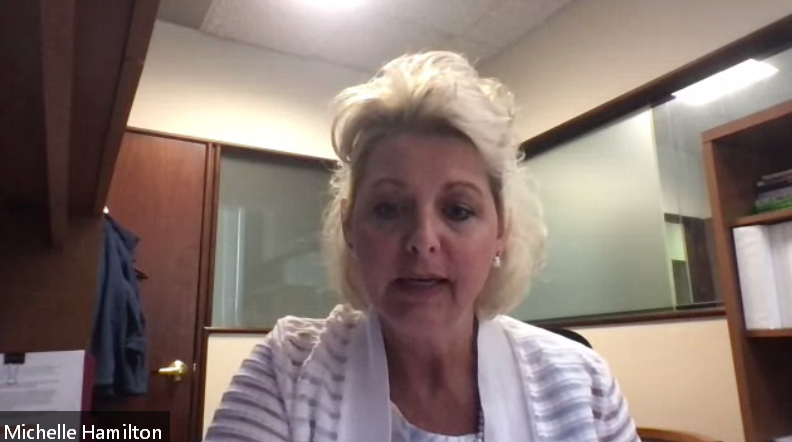
Continued unemployment compensation, wage pressures, decreased occupancy and increased costs continue to create challenges for many senior living providers, according to speakers at an Argentum congressional briefing Tuesday.
“As the nation tries to pull itself away from COVID-19, the most challenging times for many of these senior care providers are right now,” Argentum Senior Vice President of Policy Maggie Elehwany said.
“No one was prepared for a pandemic of this size and scope,” said Michelle Hamilton, chief operating officer of Charlottesville, VA-based Commonwealth Senior Living. She shared her community’s pandemic experience, detailing the “shock and awe” over securing personal protective equipment, training staff members in infection control procedures, and responding to changing Centers for Disease Control and Prevention guidance and policies.
Despite those challenges, the majority of assisted living communities reported no COVID-19 deaths, according to a research report examining mortality rates across the long-term care residential continuum.
The National Investment Center for Seniors Housing & Care provided grant funding for NORC at the University of Chicago to examine mortality rates by property type. As McKnight’s Senior Living previously reported, that analysis found that, overall, 64% of all senior living communities — independent living, assisted living and memory care communities — saw no COVID-19 cases in the 10 months of 2020 that COVID was known to be present in long-term care. The average mortality rate for residents in independent living was statistically the same as the mortality rate of the overall 75-and-older general population.
“This suggests the idea that seniors housing and congregate care was inherently more dangerous may not have been the case, given that we actually had a lot of independent living properties putting in place strong infection control protocols and managing risk effectively,” Caroline Pearson, senior vice president of healthcare strategy for NORC, told call participants.
NIC Chief Economist Beth Mace said that the findings are important as the U.S. population ages and has greater need for assistance with activities of daily living. A surge in demand is coming for housing and care services for older Americans as baby boomers age into the long-term care system, she added.
“The senior housing space is significant and only growing, and we need to focus more on it,” Mace said.
(A separate study by Brown University researchers, published in JAMA Network Open, found that assisted living residents experienced increased mortality during the pandemic consistent with deaths among nursing home residents.)
Hamilton implored legislators and other policymakers to examine unemployment compensation policies to help open up the pipeline to quality workers again.
“Providers were, and continue to be, challenged to provide care for our aging Americans without a workforce that is ready and available for work,” she said. “The healthcare industry is not only suffering from severe shortages of licensed nurses, but we are now facing unreasonable wage pressures from local businesses outside of healthcare services.”
Assisted living providers, Elehwany added, need equitable relief via remaining dollars in the federal Provider Relief Fund. In April, Argentum outlined its efforts under the proposed SENIOR (Safeguarding Elderly Needs for Infrastructure and Occupational Resources) Act to address immediate COVID-19-related challenges and plan for future long-term care needs.
“It’s important to keep them viable in the future for this population as it ages,” Elehwany said. “It’s the most cost effective form of care. It’s half the price of skilled nursing and more cost-effective than hiring a home healthcare aid.”


